As a nation that’s been inhabited since prehistoric times, it’s really no surprise that there is such a dazzling array of art and architecture in Italy. Whether you’re a fan of classical columns and ornate frescoes or more contemporary allures, on an Italy tour you’ll be spoilt for choice by beautiful basilicas, ornate opera houses and world-renowned Roman ruins, all which help paint a vivid picture of the history of Italy.
Classical Art and Architecture in Italy
While Italy itself is still a relatively young nation, the so-called Italia region and its islands have a heritage that stretches back millennia. The mighty Romans founded their settlement along the Tiber River in 753 BC and were strongly influenced by nearby Greece in both their governing methods and architecture.
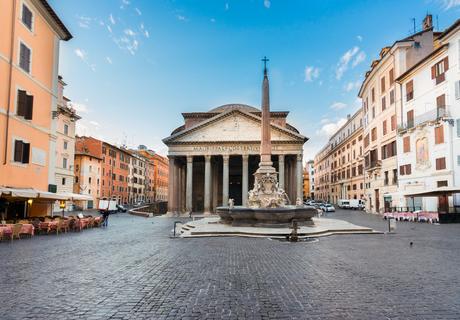
Some of the most monumental buildings in Italy date back to this so-called Classical period, with key design features including columns (also known as piers), archways and vaulted ceilings. The longevity of Italy’s Classical structures largely comes down to the fact they were constructed from cement-based concrete. The revolutionary material was invented by the Romans and allowed them to construct more elaborate buildings like the many iconic edifices found in the city of Rome.
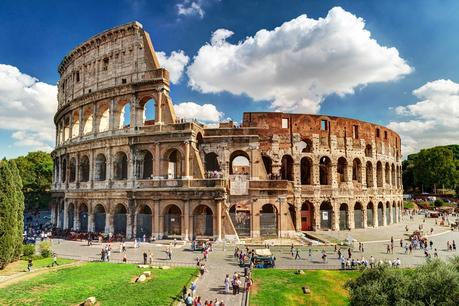
To explore the ruins of the Classical Era is a fantastic way to soak in the rich heritage and culture of Italy. Wander where Gladiators once battled at the world-famous Colosseum with its three types of Greek column designs or admire the majestic facade and reinforced domed roof of the Pantheon. This landmark on Piazza della Rotonda was formerly a Roman temple commissioned by Emperor Hadrian in 125 AD, although it was transformed into a church in the 7th century.
The Roman Era: Of Basilicas and Leaning Towers
The Romans took Europe by storm during the early Medieval period and combined Classical styles invented by them with the ecclesiastical features of Byzantine basilicas. Some of the major characteristics of Romanesque architecture include the use of semi-circular arches and arcades, seen in abundance on buildings like the octagonal Baptistery of Florence and the white marble Cathedral of Pisa in Tuscany.
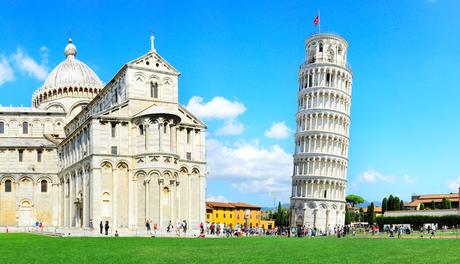
Freestanding towers were also popular architectural additions, with the Leaning Tower of Pisa (the famously crooked bell tower of Pisa Cathedral) being a prime example. Unlike Classical architecture, Romanesque buildings tended to be built out of brick, such as the Basilica of Sant’Ambrogio in Milan and Parma Cathedral (that‘s also famed for its illusionary fresco added during the Renaissance era).
Glory of the Medicis: Italy’s Renaissance Era
The Renaissance, which took place between the 14th and 17th centuries, is perhaps one of the most defining eras for art and architecture in Italy. It was the age of creative geniuses like Leonardo da Vinci and Michelangelo, and also the time when some of Italy’s most eye-catching and elegantly decorated buildings were erected.
Renaissance buildings are typically very symmetrical and often include Classical-influenced features such as arches, columns (both structural and decorative) and imposing facades. Donato Bramante was one of the most influential Renaissance architects who introduced the style to Rome by designing the prestigious St. Peter’s Basilica in Vatican City.
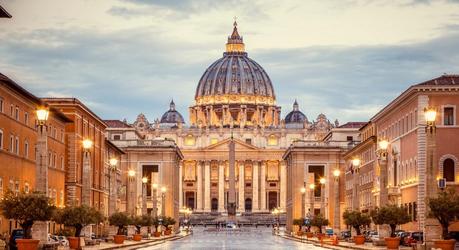
Domed roofs were also common. Head to Florence to see where Renaissance architecture originated in structures like the Duomo, a building recognizable for its impressive dome – the largest masonry dome in the world constructed out of over 4 million red bricks. A short walk away is the Galleria dell ‘Accademia di Firenze, home to numerous Renaissance artistic masterpieces like Michelangelo’s statue of David, and the Uffizi Gallery, which exhibits numerous paintings by Botticelli and Raphael.
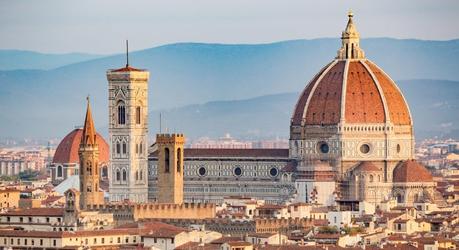
Architectural Styles in Italy: There’s more to explore
During your tour of Italy, you’ll no doubt come across many other glorious types of architecture. Here’s a small sample of what you can expect on your vacation.
Byzantine – Italy’s Byzantine period marked the beginning of its enduring link to Christianity with many churches built during this time featuring painted and mosaiced frescoes, including the Basilica di San Vitale in Ravenna.
Gothic – Gothic architecture, with its sharp spires, flying buttresses and stunning stained-glass windows, evolved from Romanesque architecture, as evidenced in the medieval Duomos in Siena and Milan.
Baroque – Rome is a hotbed of Baroque architecture – its dramatic decorative features like vivid frescoes, gold statues and concave shapes are amply evident in the capital’s enchanting Trevi Fountain.
Rococo – Originally developed in France, it spread into Italy in the mid-1700s and inspired many beautiful buildings, including The Great Hall at the Palace of Stupinigi outside Turin that’s lavishly decorated with murals and exquisite sculptures.
Neoclassical – This much simpler style was a throwback to the Classical architecture of the Romans, with key characteristics being symmetrical lines, blank walls and columns. See this firsthand in the simple white and gold interiors of the San Carlo Theatre on your Naples tour, or in Milan at the city’s iconic Arch of Peace.
Industrial – Milan, Turin and Genoa all blossomed during the Industrial Revolution. Discover the Galleria V. Emanuele II shopping arcade in Milan with its glass ceiling designed by Giuseppe Mengoni or its impressive sister building, Galleria Umberto I, in Naples.
Rationalist – Italy is home to dozens of geometric structures built in a functional Rationalist style during the country’s Fascist period. A trip to Como will take you to Casa del Fascio, a Mussolini-era building featuring clean lines and minimalist decor.
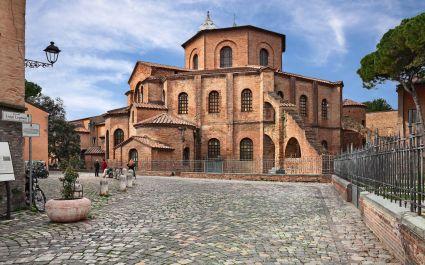
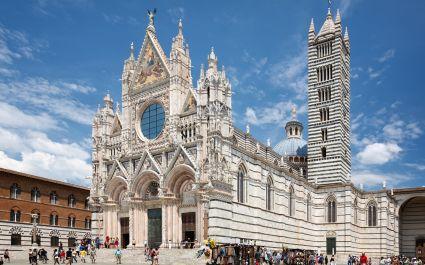
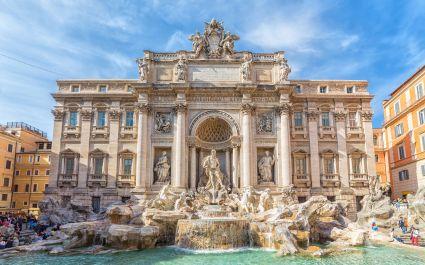
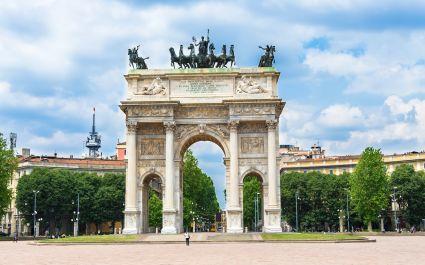
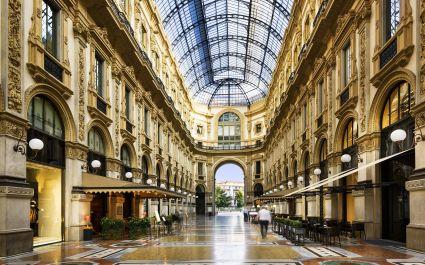
Modern art and architecture in Italy
While the majority of Italy’s well-known buildings were built in centuries past, you’ll spot edifices designed over the last few decades in some of its larger metropolises. Rome’s curved MAXXI National Museum of 21st Century Art is a prime example of modern Italian design inspired by Classical Roman architecture. Contemporary art is also seen across its many great museums, such as the Museo d’Arte Contemporanea and Galleria Nazionale d’Arte Moderna in Rome, the brand new Museo del Novecento in Milan or the Peggy Guggenheim Collection of Venice. No wonder then that Italy tops the charts when it comes to must-visit destinations for art and architecture!
Discover the amazing range of art and architecture in Italy for yourself on a tailor-made Italy vacation. Get in touch and start planning a private tour right away!
plan your custom tour